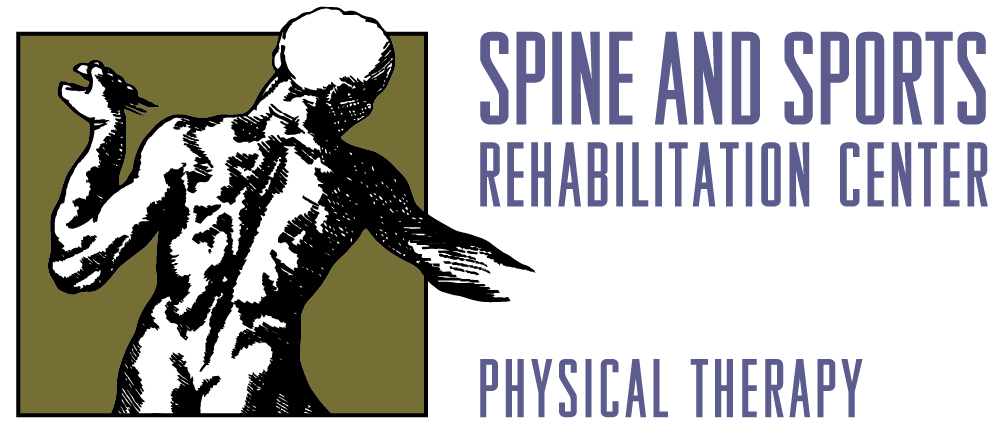Why Does My Jaw Hurt?
Jaw pain can get in the way of basic functions like eating and speaking, and can lead to headaches, neck pain, and a host of other discomforts. Here, we delve into jaw pain to help you wrap your head around it.
What is TMJ? What is TMD?
TMJ is an abbreviation that stands for “temporomandibular joint,” the joint between your jaw bone and your skull. It’s the hinge that allows your mouth to open and close. TMD stands for “temporomandibular dysfunction,” which is a catch-all term for any diagnosis of pain, popping, clicking or locking of the jaw joint.
What causes TMD?
Jaw pain can be caused by any of the small structures around the TMJ. Muscle pain can be caused by grinding your teeth, generalized muscle tension, or an injury. Joint pain can be due to arthritis, a cartilage defect, or a problem with the disc inside the joint. Head position has a measurable effect on how you open your jaw, so posture may be a contributing factor. (Higbie 1999) TMD can even be a trickle-down effect of whiplash. (Elliott 2009)
How can my physical therapist help me with jaw pain?
Depending on which part of your TMJ is hurting, your physical therapist may give you strengthening exercises, stretches, or relaxation exercises to do at home. Some PTs will stretch the jaw joint by putting a gloved hand inside your mouth to mobilize the joint directly, or use dry needling on the jaw muscles. Many therapists will also mobilize the joints of the neck to improve posture in an attempt to reduce jaw pain. (Reynolds 2020)
What other treatments exist for TMD?
A dentist may prescribe a night guard (aka bite guard) to protect your teeth from nighttime grinding. Don’t buy the over-the-counter ones without a provider’s advice; they can alter your bite alignment and cause new problems. When all else fails, injections to the jaw joint or muscles can be effective. (Liu 2020)
Although TMD may be a pain in the neck for you, it’s all in a day’s work for your physical therapist. The PTs at Spine and Sports have advanced training in manual therapy, making them experts in manipulating the tiny structures in the jaw area. Call today to get a consultation.
Guest author Lizzie Cavanaugh Bellinger, PT, DPT
Board-Certified Orthopedic Clinical Specialist
Certified Orthopedic Manual Therapist
ReferencesHigbie EJ, Seidel-Cobb D, Taylor LF, Cummings GS. Effect of head position on vertical mandibular opening. J Orthop Sports Phys Ther. 1999 Feb;29(2):127-30. doi: 10.2519/jospt.1999.29.2.127. PMID: 10322587.Elliott JM, Noteboom JT, Flynn TW, Sterling M. Characterization of acute and chronic whiplash-associated disorders. J Orthop Sports Phys Ther. 2009 May;39(5):312-23. doi: 10.2519/jospt.2009.2826. PMID: 19411765.Reynolds B, Puentedura EJ, Kolber MJ, Cleland JA. Effectiveness of Cervical Spine High-Velocity, Low-Amplitude Thrust Added to Behavioral Education, Soft Tissue Mobilization, and Exercise for People With Temporomandibular Disorder With Myalgia: A Randomized Clinical Trial. J Orthop Sports Phys Ther. 2020 Aug;50(8):455-465. doi: 10.2519/jospt.2020.9175. Epub 2020 Jan 6. PMID: 31905097.Liu Y, Wu JS, Tang YL, Tang YJ, Fei W, Liang XH. Multiple Treatment Meta-Analysis of Intra-Articular Injection for Temporomandibular Osteoarthritis. J Oral Maxillofac Surg. 2020 Mar;78(3):373.e1-373.e18. doi: 10.1016/j.joms.2019.10.016. Epub 2019 Oct 31. PMID: 31765633.